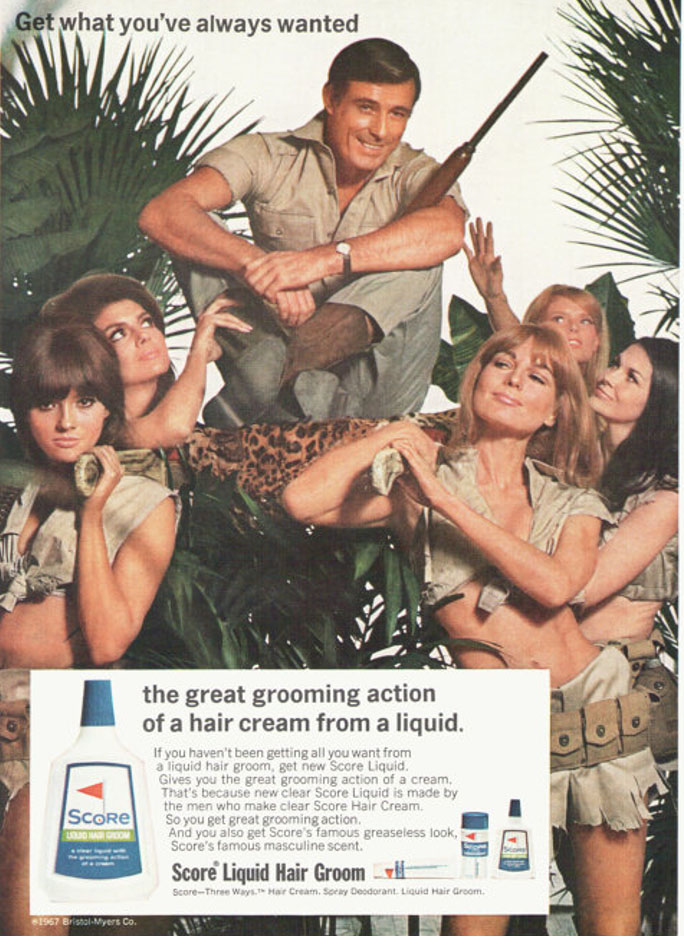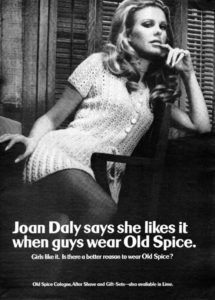
Textual Analysis – In the CSP, I see a white guy who is on top of a sedan chair with lots of women who are surrounding him, wearing very revealing clothes. The women are all white and look conventionally attractive, and they are trying to touch him and are admiring him, almost as if trying to worship the man. The background is one which suggests that is is a Jungle, and it gives off a sense of an African king because of the fact that the man is above everyone else.
Semiotic Analysis – The dominant signifier is the male character who is above the women in the picture. There is also a paradigm in that there is a collection of women surrounding the man, and the CSP is also reactionary because it would satisfy the stereotypical heterosexual male’s viewpoint. The indexical sign of a gun which the man is holding gives connotations of violence and gives the audience impressions of masculinity, and how he is the dominant person who is in control. It also shows what he could do to the women if they did not abide by his expectations.
Representational Analysis – The fact that the man is above the woman relates to the idea of patriarchy, which was particularly poignant in the time of this advert’s release (the 1970s) when women were still fighting seriously for their rights. In addition, there is selective representation in that even though the entire CSP has an African atmosphere, everyone in the CSP is white, and not black, so consequently the advert is holding back the entire truth. Finally the body types on the females show that back then, there was a common way that women were supposed to look and had to be like in order to somewhat succeed in society.
Narrative – I think that there is a story being told in the CSP, which, in short, involves the man previously being ignored and sad, but then after he applied the product advertised, he started to become the man in the advert, and started being loved by women and living a happier life.


